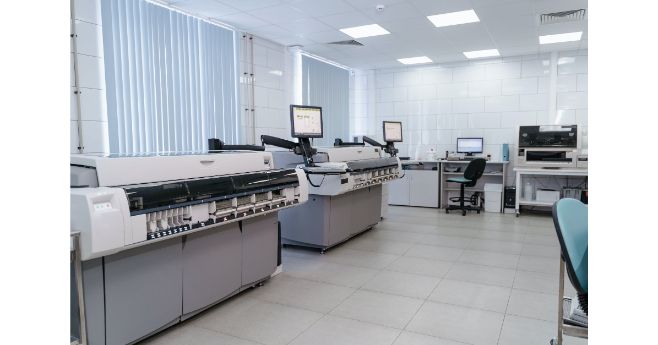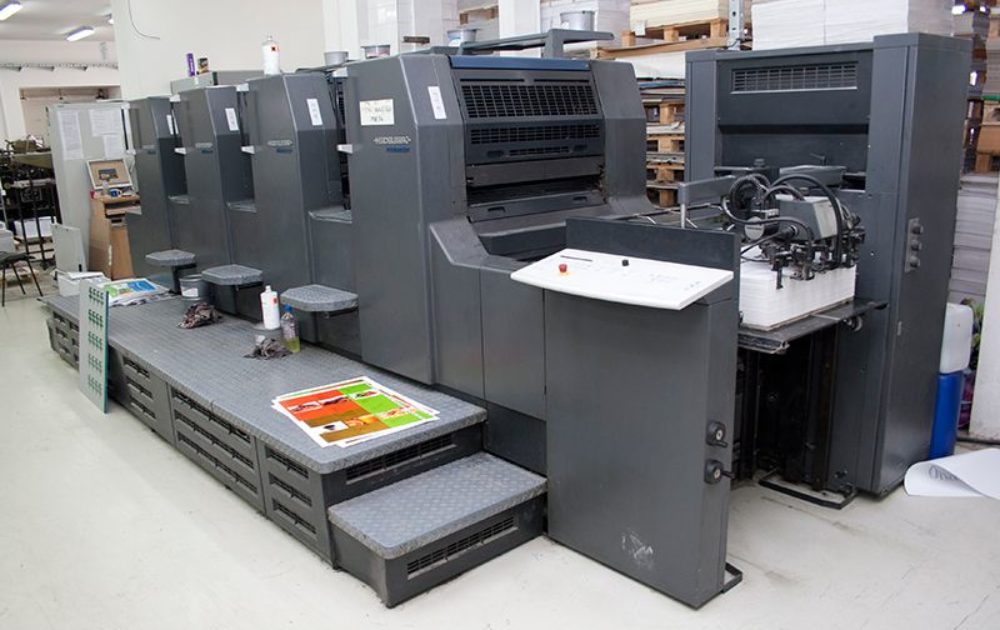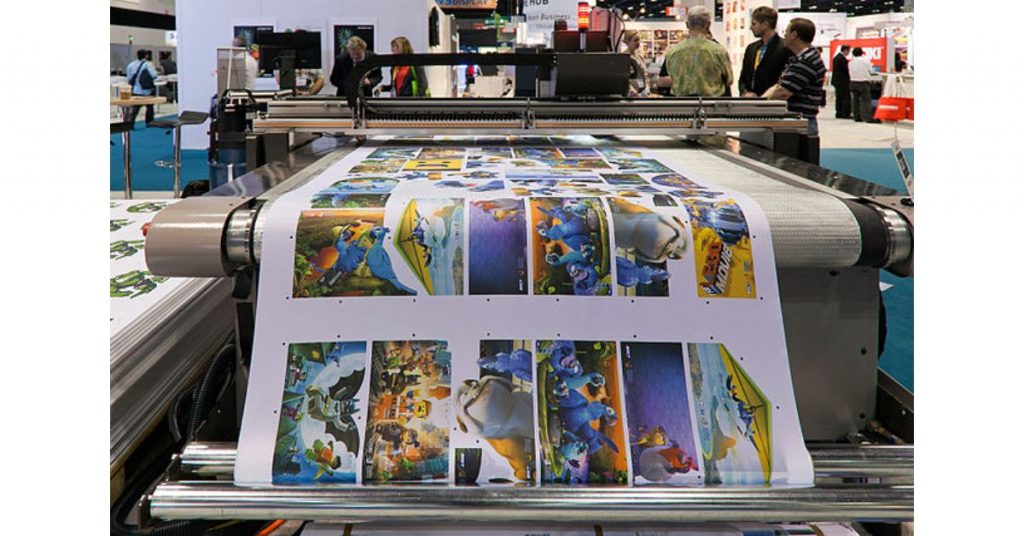
When coming up with a design for your latest business card or catalog, there are plenty of concerns to sift through. Among them will be choosing between offset or digital printing.
While the final products may look identical, there are pros and cons to both. Given the nature of the job, including factors like quantity and budget, you may lean in one direction or the other. Today, we will be comparing offset vs. digital printing, and breaking down when to choose which.
Finding the right graphic design artist is the first step in building a better brand. You want something inspiring. Something that says, “This is worth your attention.” Which is really only a short walk from, “This is worth your money.” Once you’ve got an inviting logo that captures your brand’s essence, you’re ready to begin planning your production.
What is offset printing?
Offset printing is the older of the two. It involves a printing press with plates and wet ink. Most of the cost associated with this process comes from the setup, which can be relatively extensive. Offset printing technology uses plates, typically made of aluminum, to transfer an image onto a rubber “blanket.” This image is then rolled onto a sheet of paper.
If you’ve ever seen sheets of newspaper running through big rolls, you’ve seen offset printing in action.
[in_content_ads gallery=”logos” logo=”on” title=”Need graphic design help?” subtitle=”Try Penji’s Unlimited Graphic Design and get all your branding, digital, print, and UXUI designs done in one place.” btntext=”Learn More” btnlink=”https://penji.co”]
What is digital printing?
Digital printing bypasses the mechanical labor of its counterpart. It eliminates the proofs, plates, and rubber blanket. Instead, it simply applies the design directly to the printing surface using powdered toner or liquid ink. The specifics of the process can vary depending on whether you’re dealing with an inkjet or laserjet, but both of these methods employ a direct-to-medium approach.
If you’ve ever operated an at-home desktop printer, you’ve used a form of digital printing.
Offset vs. digital printing
What are the benefits of offset printing?

- High quantities for low prices. While the setup fees for this method tend to be higher, the price per piece drops drastically for high-quantity orders. If you’re looking to bulk order on your first batch of business cards or brochures, offset printing can offer you the best quality at the best price point.
- Greater variety of paper types. You’ll find a much wider array of paper and stock options with offset printers. This is because it allows operators to calibrate their machines manually, accommodating different weights and coatings. There are a number of specifics to consider when choosing the material, such as text, cover, index, bond, and more. Offset printing provides you with the most freedom in choosing the stock that best fits your unique needs.
- Excellent quality. Offset printing is capable of producing consistently high-quality images with sharp, clean typefaces. The detail is unparalleled. Offset printers can mix custom ink colors for each job, so colors tend to be much more accurate and balanced in the design.
What are the benefits of digital printing?

- More affordable at lower job volumes. Because of the minimal setup involved in digital printing, you can print smaller jobs without breaking the bank. This is perfect for those with tighter budgets who don’t need a high-volume print job.
- Variable data printing. Because digital printing doesn’t rely on proofs that take time (money!) to produce, there isn’t an additional setup fee for each individual change. This allows each print to be customized. Variable data printing is great for those looking to print coupons, postcards, and QR codes, avoiding the “junk mail” look by personalizing your prints to suit your costumer’s needs. VDP works by choosing a design and what variables you want to customize from your collected customer data. The software takes care of the rest!
- Quicker turnaround. The reduced set-up time and lack of mechanical reliance allow digital print jobs to be dialed in and finished quickly. This means short wait times for the printing press. If you’re looking for a quick turnaround on a flyer for a fast-approaching event or special offer, digital printing offers the most efficient option.
Conclusion
You will likely find that there is no clear favorite between the two. Both printing methods have their place, and a savvy business will utilize both depending on its needs.
Of course, needs change. Whether your primary focus is whipping up your first batch of restaurant menus or concocting your latest seasonal coupon campaign with custom data, understanding how to get the most bang for your buck is pivotal in making the right printing choice.
Choose Penji for all your graphic design needs. Click here for a comprehensive portfolio of our design work.











